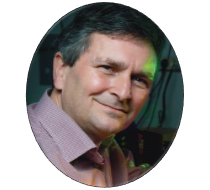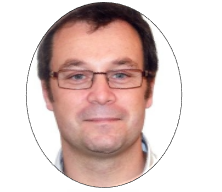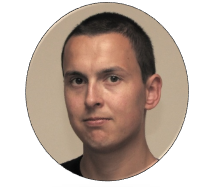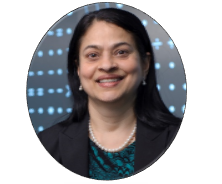Tutorial Topics & Abstracts
Download the detailed program of the school: DETAILED PROGRAM
Note: This is a tentative program and the actual lecture order may change.

Introduction to silicon photonics
by
Prof. Roel Baets,
Ghent University – imec, Belgium

Debriefing: Passive silicon photonics: from basics to circuits
by
Prof. Andrea Melloni
Politecnico di Milano, Italy

Debriefing: Laser integration in silicon photonics
by
Prof. Gunther Roelkens
Ghent University – imec, Belgium

High-speed Modulators and Detectors in Silicon Photonics
by
Dr. Laurent Vivien
C2N, CNRS, Uni. Paris-Sud, Uni. Paris Saclay, France

Debriefing: Heterogeneous Integration for high-speed modulators in silicon photonics
by
Prof. Dries Van Thourhout
Ghent University-imec, Belgium

Integrated Microwave Photonics
by
Prof. David Marpaung
University of Twente, the Netherlands

Silicon photonics ultrasound detection
by
Dr. Xavier Rottenberg
imec, Belgium

Machine learning and algorithm assisted design in silicon photonics
by
Prof. Dan-Xia Xu
National Research Council, Canada

Emerging applications of silicon photonics
by
Dr. Aaron Zilkie
Rockley Photonics, USA

Programmable Photonics
by
Prof. Wim Bogaerts
Ghent University – imec, Belgium

Phase-change photonics
by
Prof. Wolfram Pernice
University of Münster, Germany

Silicon quantum photonics
by
Prof. Josh Silverstone
University of Bristol, United Kingdom

Silicon photonics frequency combs and their applications
by
Prof. Alex Gaeta
Columbia University, USA

AIM Photonics Institute, AIM Academy and materials for waveguide integrated mid-infrared detectors
by
Dr. Anu Agarwal
Massachusetts Institute of Technology, USA

The crossroads of III-V and silicon photonics
by
Prof. Martijn Heck
Eindhoven University of Technology, the Netherlands

Silicon photonics for optical computing
by
Dr. Thomas Van Vaerenbergh
Hewlett Packard Enterprise, Belgium

